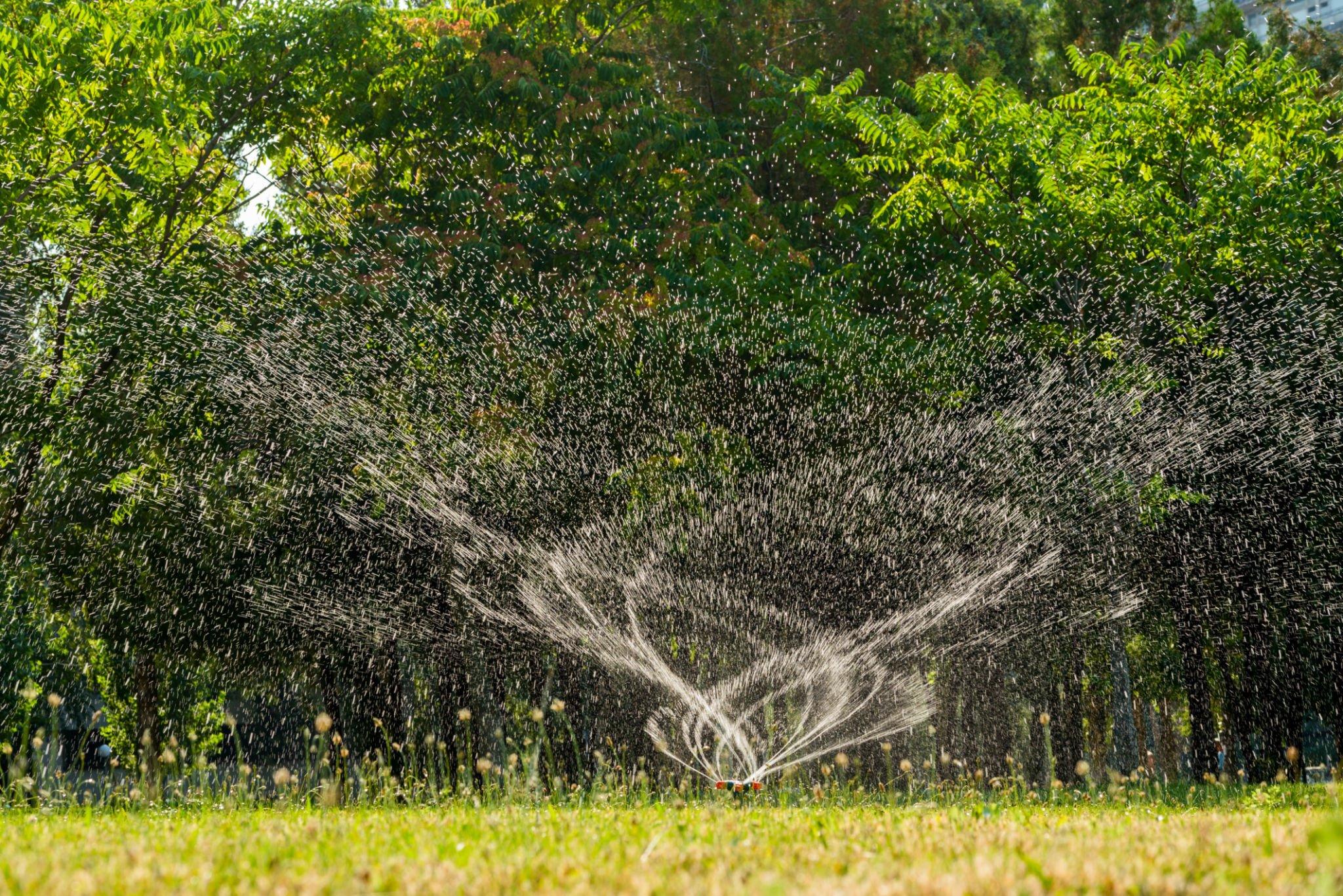Are you tired of excessive water waste and uneven watering patterns in your yard due to sprinkler system overspray? Learn how to tackle this common problem and optimize your irrigation system for efficient water usage. In this guide provided by Best Sprinkler System, we’ll share practical tips and strategies to help you prevent overspray, conserve water, and maintain a healthy, thriving landscape. Discover effective solutions to ensure every drop of water is utilized effectively, saving you money and benefiting the environment.
How to Prevent Sprinkler System Overspray
Maintaining a well-functioning sprinkler system is essential for a lush and healthy landscape. However, one common issue that many homeowners face is overspray, which leads to wasteful water usage and uneven distribution. In this comprehensive guide, we will explore various strategies and techniques to help you prevent sprinkler system overspray. By implementing these practices, you can ensure efficient water usage, minimize water waste, and promote the overall health of your plants and lawn.
Understanding Sprinkler System Overspray
What is Sprinkler System Overspray?
Sprinkler system overspray occurs when water is sprayed beyond the intended target area, leading to water wastage and inefficient irrigation. This can happen due to factors such as improper nozzle selection, incorrect nozzle adjustment, or misaligned sprinkler heads.
The Consequences of Sprinkler System Overspray
Overspray can have several negative impacts, including:
- Wasteful water usage: Overspray leads to water being wasted on non-targeted areas, such as sidewalks, driveways, or roadways.
- Uneven watering: Overspray results in uneven distribution of water, leading to dry patches and overwatered areas in your landscape.
- Increased water bills: The excessive water usage caused by overspray can significantly increase your water bills over time.
- Environmental impact: Wasteful water usage contributes to water scarcity and puts unnecessary strain on natural resources.

Preventive Measures for Sprinkler System Overspray
Proper Nozzle Selection
Choosing the right type of nozzle for your sprinkler system is crucial in preventing overspray. Different nozzle types, such as fixed spray, rotary, or low-flow nozzles, have specific spray patterns and application rates. Consider factors like water pressure, desired coverage, and landscape characteristics when selecting the appropriate nozzles for each zone.
Nozzle Adjustment and Maintenance
Regularly inspecting and adjusting the nozzles is essential to ensure optimal performance and prevent overspray. Check for clogged or damaged nozzles and replace them if necessary. Adjust the spray pattern and radius to match the specific needs of each area in your landscape.
Sprinkler Head Positioning
Proper positioning of sprinkler heads is crucial to avoid overspray. Ensure that the heads are aligned correctly and adjusted to the desired spray angle and height. Take into account the layout of your landscape, including plantings, pathways, and structures, to minimize overspray and achieve efficient water coverage.
Zone Design and Watering Schedule
Designing your sprinkler system zones thoughtfully and creating appropriate watering schedules can help prevent overspray. Divide your landscape into separate zones based on water requirements, sun exposure, and plant types. Adjust the watering duration and frequency accordingly to provide adequate but not excessive water to each zone.
Regular System Maintenance
Routine maintenance is key to preventing overspray. Inspect your sprinkler system regularly for leaks, damaged components, or misaligned heads. Clean or replace clogged or worn-out parts and make any necessary repairs promptly.
Additional Tips for Efficient Water Usage
Rain and Soil Moisture Sensors
Installing rain and soil moisture sensors in your sprinkler system can significantly contribute to water conservation. These sensors detect rainfall or soil moisture levels and automatically adjust the watering schedule, preventing unnecessary irrigation during wet conditions.
Smart Irrigation Controllers
Consider upgrading to a smart irrigation controller that utilizes weather data and plant water needs to optimize watering schedules. These controllers can adjust watering times and frequencies dynamically, taking into account factors such as temperature, rainfall, and evapotranspiration rates.
Mulching and Planting Strategies
Applying mulch around plants and using water-efficient planting strategies, such as grouping plants with similar water needs, can reduce the need for excessive irrigation. Mulch helps retain soil moisture, reduces evaporation, and promotes healthier root systems.
Final Thought
Preventing sprinkler system overspray is crucial for efficient water usage, cost savings, and maintaining a healthy landscape. By understanding the causes of overspray and implementing the preventive measures outlined in this guide, you can minimize water waste, achieve uniform irrigation coverage, and enjoy a thriving outdoor environment. Remember to regularly inspect and maintain your sprinkler system to ensure its optimal performance and long-term sustainability.
